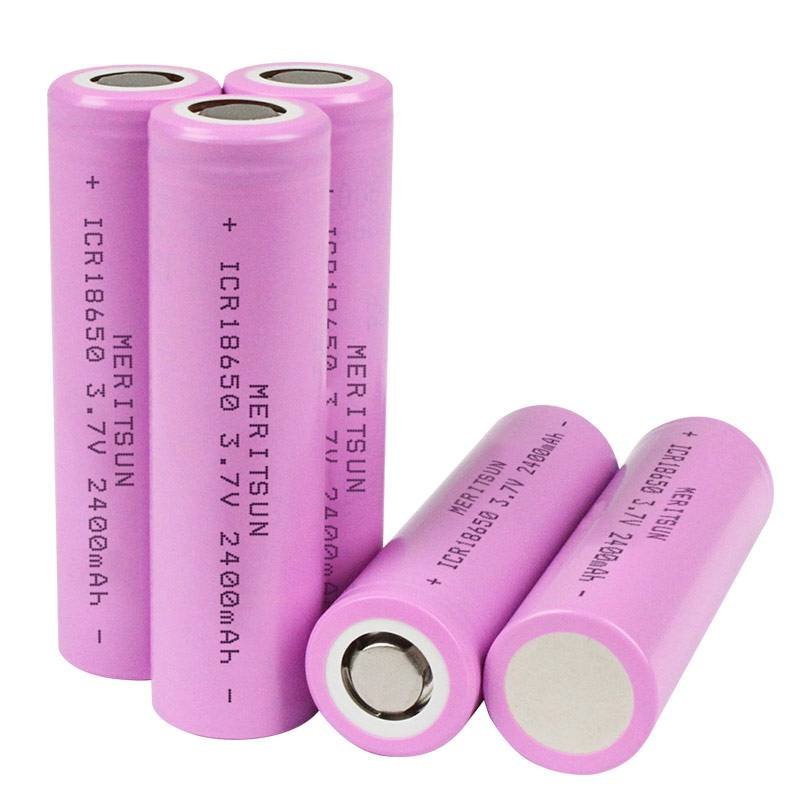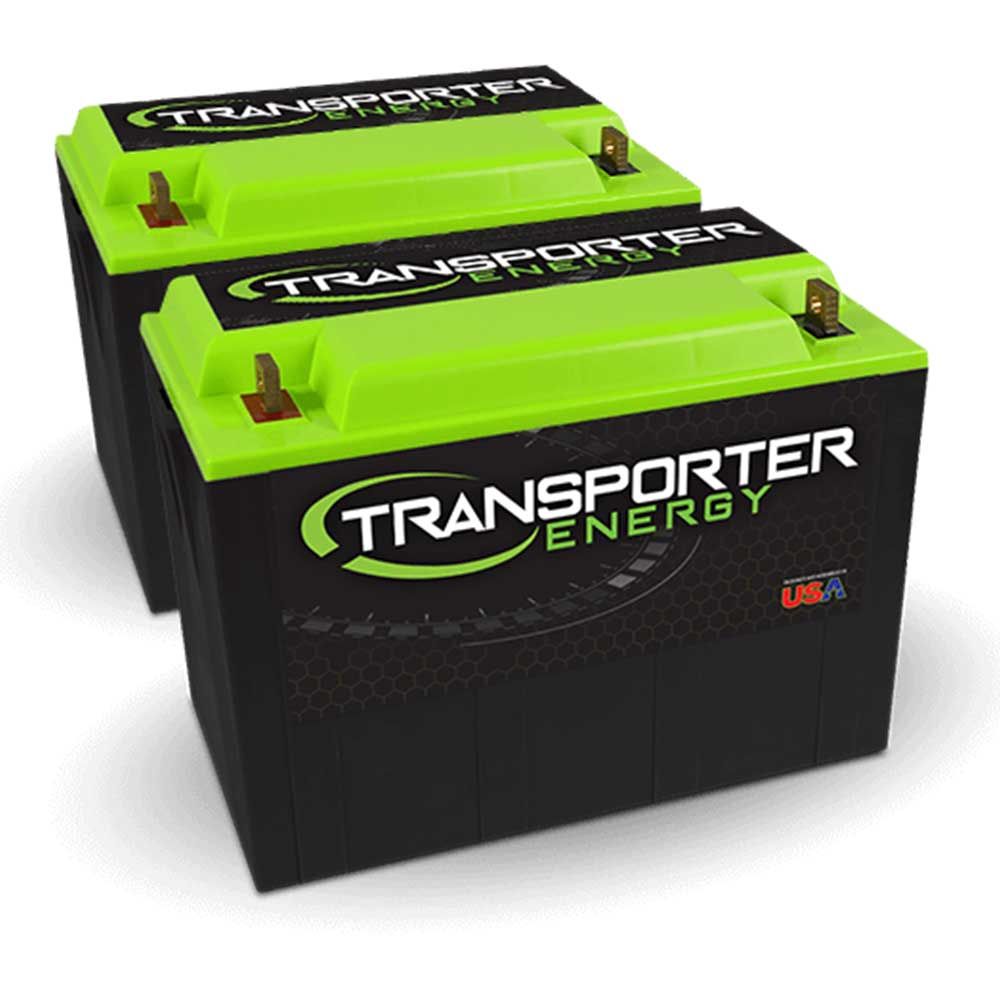

While the battery runs down this process occurs in reverse. When you charge a lithium ion battery, the lithium ions move from the positive electrode, or the cathode, through a solid / liquid electrolyte to the negative electrode, or the graphite anode.

This takes place in the spaces that occupy the enclosed site between single hexagonal rings of carbon atoms. When you pair a lithium cobalt oxide cathode with a graphite anode (in most cases), intercalation of lithium ions between layers of graphene takes place. In essence, Lithium Ion Batteries exist because of the discovery of lithium cobalt oxide (LiCoO2). In conclusion we can do it all, whatever your battery needs may be.Īt BlueNova we manufacture Lithium Ion Batteries. Storage capacity ranges from 1 kWh for small residential applications to 1080 kWh for industrial applications. At BlueNova we offer batteries for a wide range of applications – from 12V, 24V, 36V, 48V up to 800V. Our batteries are built to the highest standards, thereby ensuring both safety and efficiency.Įxperience the benefits of a new generation of energy storage solutions. Renowned for their reliability and durability, our products allow for high-cycling and longevity, so you don’t have to compromise.Įlectricity tariffs are on the rise in many locations, and with increasing uncertainty of supply from local power grids, thus our solutions can reduce your costs and give you peace of mind for your home and business.Ībove all we integrate seamlessly with most brands of inverters and monitoring, ensuring a problem-free compatibility environment. Utilising the latest Lithium Iron Phosphate technologies, our energy storage products are the leading technology in energy storage for the modern world.
#LITHIUM ION BATTERY PORTABLE#
Such batteries could find widespread use in portable and consumer electronics, electric vehicles, as well as grid and renewable energy storage.Welcome to BlueNova, the home of high performance, ultra-reliable energy storage solutions. "This work can lead of a new class of high-performing calcium-based batteries that use Earth abundant and safe materials and are therefore affordable and sustainable.

"Calcium-ion batteries might one day, in the not-so-distant future, replace lithium-ion technology as the battery chemistry of choice that powers our society," explains Dr. The team demonstrated that calcium ions can be rapidly inserted and extracted from the material, with these tunnels acting as "conduits" for reversible and fast ion transport and the findings indicate that MoVO provides one of the best performances reported to date for the storage of calcium ions. We overcome this problem by developing a special class of materials called molybdenum vanadium oxides that contain large hexagonal and heptagonal shaped channels or tunnels that run through the material." However, the higher ionic charge and the larger size of calcium ions relative to lithium makes it very challenging to insert calcium ions into the battery electrodes. "This allows for a highly efficient battery with reduced mass and volume of calcium ions. "The calcium ion is divalent, and hence one ion insertion will deliver two electrons per ion during battery operation," explains Dr. In their work, an aqueous calcium-ion battery is demonstrated using orthorhombic and trigonal polymorphs of molybdenum vanadium oxide (MoVO) as a host for calcium ions. Koratkar and his team offer oxide structures containing big open spaces (heptagonal and hexagonal channels) as a prospective solution. While the larger size and higher charge density of calcium ions relative to lithium impairs diffusion kinetics and cyclic stability, Dr. We are working on an inexpensive, abundant, safe, and sustainable battery chemistry that uses calcium ions in an aqueous, water-based electrolyte." Lithium is a limited resource on the planet, and its price has increased drastically in recent years. "However, the Achilles' heel for lithium-ion technology is cost. "The vast majority of rechargeable battery products are based on lithium-ion technology, which is the gold standard in terms of performance," said Dr. Crossan Professor of Engineering at Rensselaer, and his team, assert that calcium ions could be used as an alternative to lithium-ions in batteries because of its abundance and low cost. In research published recently in Proceedings of the National Academy of Sciences (PNAS), corresponding author Nikhil Koratkar, the John A.


 0 kommentar(er)
0 kommentar(er)
